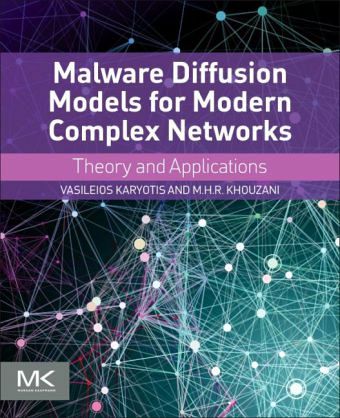
Malware Diffusion Models for Modern Complex Networks
Theory and Applications

PAYBACK Punkte
41 °P sammeln!
Malware Diffusion Models for Wireless Complex Networks: Theory and Applications provides a timely update on malicious software (malware), a serious concern for all types of network users, from laymen to experienced administrators. As the proliferation of portable devices, namely smartphones and tablets, and their increased capabilities, has propelled the intensity of malware spreading and increased its consequences in social life and the global economy, this book provides the theoretical aspect of malware dissemination, also presenting modeling approaches that describe the behavior and dynamic...
Malware Diffusion Models for Wireless Complex Networks: Theory and Applications provides a timely update on malicious software (malware), a serious concern for all types of network users, from laymen to experienced administrators. As the proliferation of portable devices, namely smartphones and tablets, and their increased capabilities, has propelled the intensity of malware spreading and increased its consequences in social life and the global economy, this book provides the theoretical aspect of malware dissemination, also presenting modeling approaches that describe the behavior and dynamics of malware diffusion in various types of wireless complex networks.
Sections include a systematic introduction to malware diffusion processes in computer and communications networks, an analysis of the latest state-of-the-art malware diffusion modeling frameworks, such as queuing-based techniques, calculus of variations based techniques, and game theory based techniques, alsodemonstrating how the methodologies can be used for modeling in more general applications and practical scenarios.
Sections include a systematic introduction to malware diffusion processes in computer and communications networks, an analysis of the latest state-of-the-art malware diffusion modeling frameworks, such as queuing-based techniques, calculus of variations based techniques, and game theory based techniques, alsodemonstrating how the methodologies can be used for modeling in more general applications and practical scenarios.













